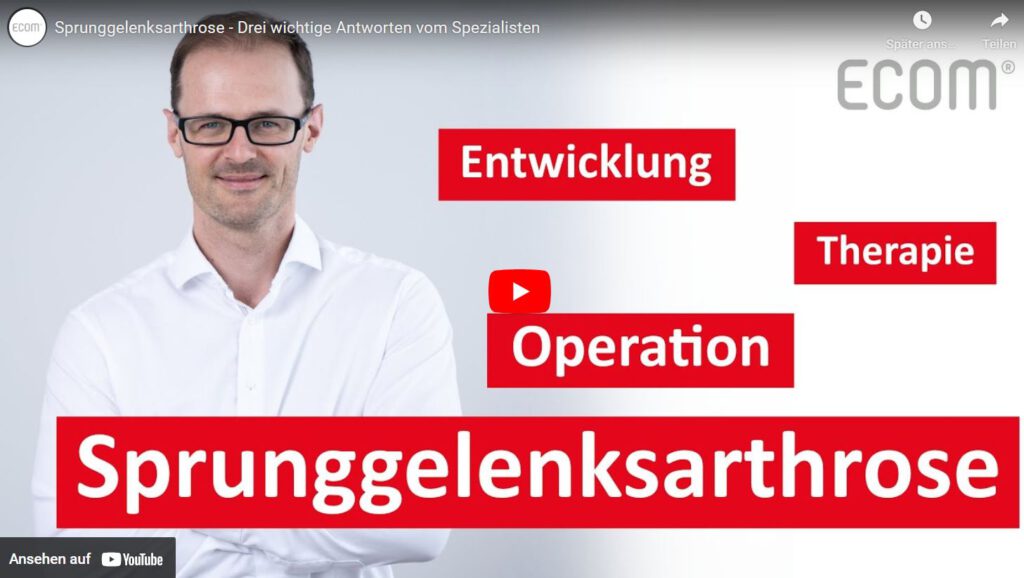With minimally invasive toe correction, it is crucial to fix the corrected toe in the desired position with a tape bandage for 6 weeks. A 2-weekly change of tape bandage is desirable. Otherwise, full weight-bearing in a prefabricated orthopaedic partial foot relief shoe is permitted for all small toe procedures. This should be worn for 6 weeks. After 6 weeks, a medical check-up is carried out and it is then possible to wear the prefabricated shoe again. If wires are inserted in the area of the little toes, these are also removed after 6 weeks in the consultation. No local anaesthetic is required. Driving is usually permitted after 6 to 8 weeks.
Following an individual risk assessment, if the ankle joint is not immobilised and the leg is fully weight-bearing, thrombosis prophylaxis with medication can be dispensed with.





